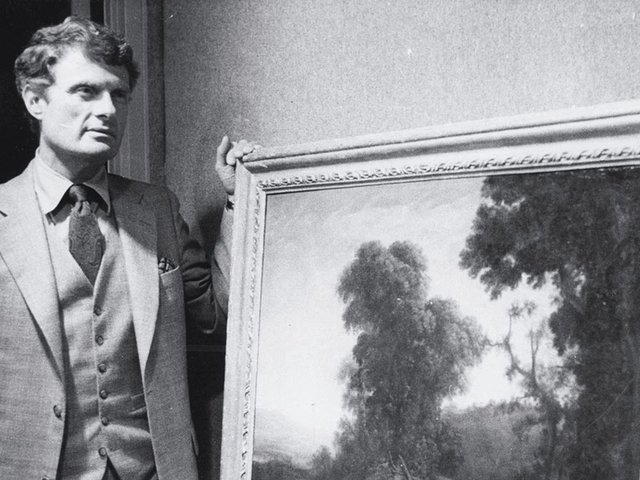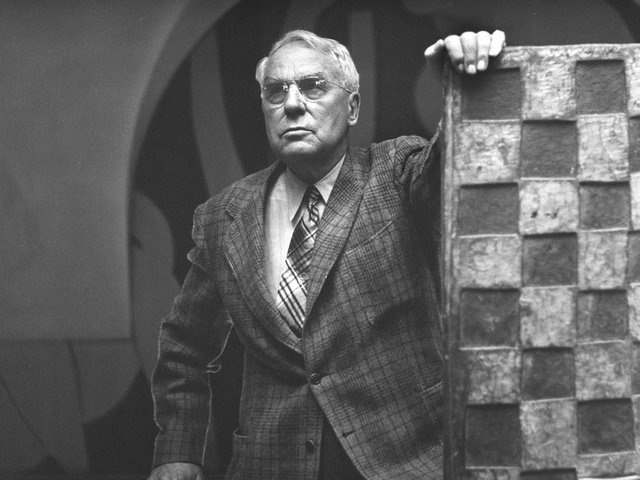The Barnes Foundation has found a new strategy to wring yet more money out of its travelling exhibition, now at the Philadelphia Museum of Art, the sixth stop of its international tour.
As The Art Newspaper goes to press, the Barnes is preparing to sell a limited edition of lithograph reproductions of two paintings by Pierre Auguste Renoir on a television home shopping channel.
The works are “The Promenade” and “Mother and Child”. This will be the first time that a reproduction of “The Promenade” has been for sale. The editions of 1,000 and 1,500 prints, respectively, will be offered on the 21 March morning broadcast of QVC, which describes itself as the world’s largest electronic retailer and carries the dubious distinction in the trade of being the elite channel among home shopping services. Each reproduction will sell for $195.
The profusion of merchandise sold at the Barnes tour sites–ranging from umbrellas in Tokyo to keychains with Modigliani and Renoir images in Toronto–has been a controversial issue, given the ban on copying images from the collection imposed by collector Albert C. Barnes in the indenture to his will. But Bob Robinson, owner of Emerald City Enterprises, the licensing firm working with the Barnes, sees souvenir peddling as a mission to help museums survive financially.
“The only products I would not have chosen are the keychain and the refrigerator magnet”, says Robinson, referring to items sold at the Art Gallery of Ontario when the Barnes pictures were in Toronto, “but you need them for a successful art show”.
The Toronto show included the peddling of commemorative spoons bearing a Cubist face as well as pens and pencils. “I guess Robinson didn’t have a problem with the spoons”, remarked Nick Tinari, a former Barnes student who has opposed the tour of paintings and other activities which he says violate the spirit and language of Barnes’s will.
Art is a relatively new field for telemarketing, Robinson admits, and a relatively risky one. “Paper products [i.e., art reproductions] do not transfer well on the air”, he explained, but the merchandiser expected the collection’s reputation to be a strong selling point in a medium where jewellery and clothing are the usual offerings.
The human body sells remarkably well, especially on television, but while there are some superb nudes by Renoir and Matisse among the Barnes paintings on tour, Robinson’s firm chose not to include them in the first television offering of “masterpieces” from the Merion collection, which is expected to reach some fifty million viewers in the US and an additional seventeen million in Latin America and the United Kingdom.
“I could, but we would lose the [US] midwestern states, so we concentrated on family scenes”, Robinson said, explaining why only clothed bodies will appear on the small screen. “It’s something that anybody could hang up in their living room and admire”.
Barnes’s own ban on copying works from the collection, overturned for a one-time tour by a local judge, is a provision that Robinson says will add value to the reproductions that he has commissioned. “Well, when the judge allowed the tour, he allowed all the merchandising to go with it”, Robinson stated, adding that his will be the only legal lithograph reproductions of works from the Barnes. Emerald City Enterprises expects to announce other collaborations with museums in the near future.
Robinson, rather than Barnes president Richard Glanton, will be selling the reproductions on-screen.
Barnes Foundation officials have requested that Robinson not disclose the volume of sales his firm has recorded so far. Nor has the Barnes provided that information to the Pennsylvania courts which regulate the activities of charitable trusts such as the Barnes Foundation.
Originally appeared in The Art Newspaper as 'Barnes for sale on TV'



